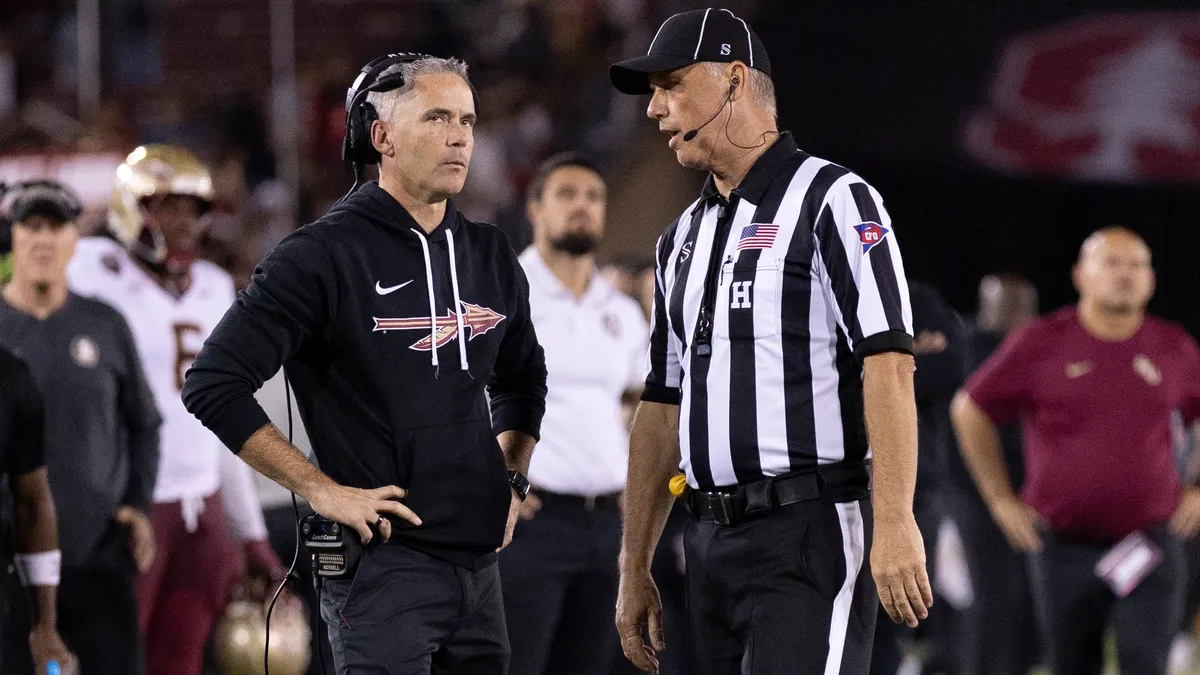Copyright forbes

Shawn Pierce is president of the Strategic Events, Meetings & Incentives (SEM&I) division at MCI USA. With teams spread across time zones and office setups, leaders face a new critical challenge: How do you build connections, inspire innovative thinking and keep people aligned when they rarely share the same room? The answer is strategic, experience-forward internal events. But these aren’t your staid, predictable annual corporate meetings of 10 years ago. Instead, think creative, immersive experiences that engage, empower and excite your most valuable asset: Your people. Engagement—the central goal of all internal gatherings—can be elusive because it involves both the head and the heart. That’s why the most powerful internal events go beyond information sharing to create emotional connections among employees and between employees and your organization’s purpose. Four Strategies For Effective Internal Events Just as we’ve had to rethink what workplace arrangements look like, our environment requires us to reimagine what internal events can be and what they should include. The marathon PowerPoint presentations of yesterday are out. We need to design internal events that truly involve participants in not just listening but doing—events that recognize the most valuable interactions at meetings and events often happen between agenda items, not during them. To achieve new levels of successful engagement from your next internal event, consider the following four strategies. 1. Create deliberate 'cross-pollination' opportunities. At a conference or meeting, the unexpected collisions (sitting by someone new at breakfast or working with a colleague from a different department on a project during the event) can spark your organization’s most innovative solutions and create connections that last after your meeting is over. So when planning an internal event, be deliberate about building in opportunities that connect people across departments, hierarchies and locations. 2. Deliver experiences that matter and build in time for integration. For every hour of content delivery, plan equal time for reflection, discussion and social connection. The most powerful internal events go beyond information sharing to create emotional connections by showing employees how their work really drives the company’s success. Additionally, carving out time for attendees to journal, have walk-and-talk Q&A sessions with other leaders and other methods to process the new information they’ve learned will help them cement those concepts and feel more confident in their new knowledge. 3. Build a project or do a service activity together. When we work with other people toward a common goal, it gets us all communicating and moving in a shared direction. For example, at a recent leadership offsite, we replaced standard coffee breaks with a progressive team project. Each participant contributed to a mosaic art piece later displayed at company headquarters. A time-lapse video of its creation became a powerful symbol of collaborative achievement. For another client, we incorporated a team bike-building activity for a local charity. When underserved families arrived to receive these bikes, the genuine emotional connection created a shared memory far more powerful than any presentation. 4. Share information, but do it in engaging, fresh ways. Instead of the standard 8 a.m. to 5 p.m. day of meetings and PowerPoint presentations, think about more creative ways to deliver educational content. For example, we orchestrated a three-day internal summit called “Move to the Future” for an energy company facing industry disruption. Instead of overwhelming attendees with technical presentations, we developed creative learning experiences around AI, including a session on AI-generated art that communicated the transformative power of that technology. The results were remarkable. Post-event surveys showed unprecedented engagement levels, and within six months, the company implemented two major strategic shifts: committing to hiring 10% of new talent from technology backgrounds and setting ambitious 15% efficiency improvement targets. As the CEO later shared, “This event inspired the possible, not just explained the tactical.” The Cost Of Disconnection Internal events should be more than a predictable annual gathering on your corporate calendar. They can become your new competitive advantage. Companies that fail to deliberately create these moments of deep connection, education, culture-building and engagement are quietly bleeding talent, and missing out on their next great ideas and the benefits of a stronger, more efficient operation. So for leaders, events aren’t just nice-to-haves; they must be prioritized as strategic imperatives for organizations serious about employee engagement, retention, culture and performance. Concepts like “culture” are notoriously challenging to measure, but employee engagement is not: Disengagement costs organizations dearly. According to Gallup, the cost of replacing an employee typically ranges from 50% to 200% of the employee’s annual salary. For a 100-person organization with an average salary of $50,000, reducing turnover by just 10% could save $1.5 million annually. Beyond these direct costs lies an even greater loss: the innovation that never happens when talented people feel disconnected from your mission. This is why internal events should represent one of your most powerful tools for building the organizational cohesion necessary for innovation and performance. The investment required pales in comparison to the potential costs of disconnection. By creating moments that connect, inspire, educate and engage your people, you’re not just planning successful internal events, you’re engineering and strengthening the foundation of your organization’s future. Forbes Business Council is the foremost growth and networking organization for business owners and leaders. Do I qualify? Editorial StandardsReprints & Permissions



